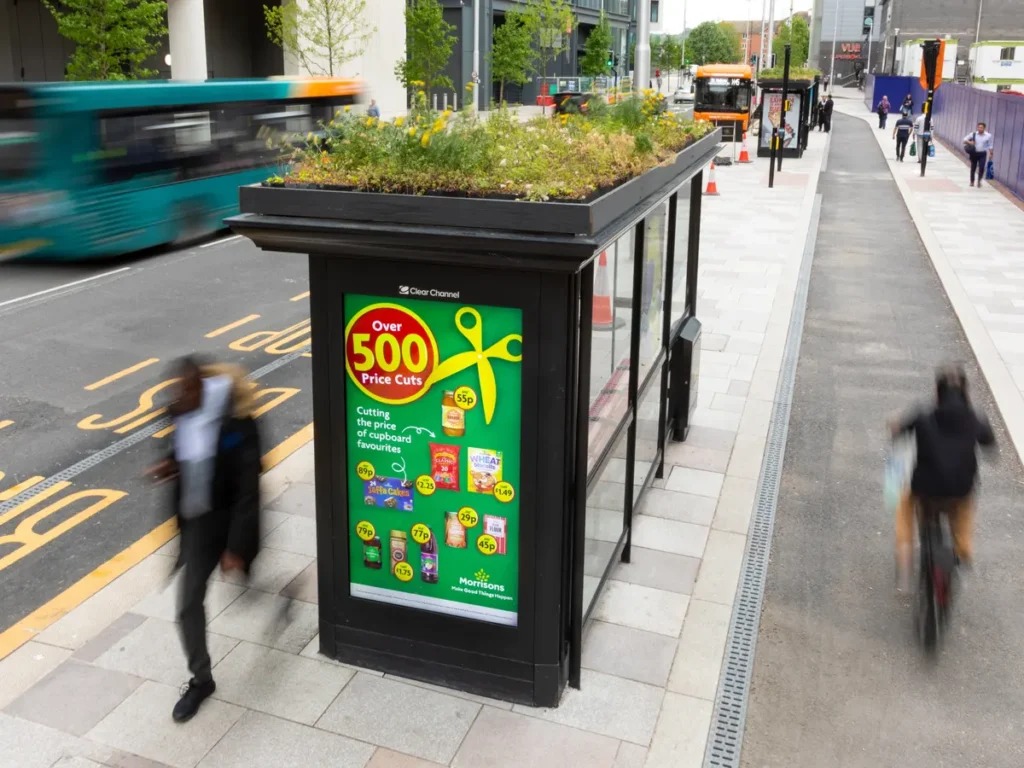Across Europe more and more initiatives are springing up to help all kind of pollinators, which are vital workers that play a crucial role for us and our planet. One of the latest ideas, which first caught on in the Dutch city of Utrecht and then spread throughout Europe, is to take advantage of the bus shelters’ roofs to create “meadows” that become feeding and resting places within cities for these insects.
In these places designed to be functional, and not ornamental, you see these mini gardens appear, filled with wildflowers, such as: strawberries, poppies, and violets, bringing color and cheerfulness as well as functionality.
Of all the cities in the U.K., Leicester is leading the race to save pollinators, with as many as thirty mini gardens installed from 2021 at various stops around the city. The city of Derby follows with 18, and many other cities are working to achieve the same results. And if the municipalities don’t take care of it, the citizens themselves will: after a petition signed by 50,000 people, the city of Brighton has also stepped up to the plate to follow this beautiful project.
He company Clear Channel UK, which handles much of the commercial shelters on behalf of municipalities, says it wants to take this initiative to as many English cities as possible. Since the shelters must be specially designed to support the weight of the ground and plants, this type of intervention is not easy, nor is it entirely free of expense. But Clear Channel is in the process of installing this new generation of shelters where there is a need to replace those now at the end of their usefulness. “We don’t want to rip perfectly good shelters out of the ground to put a new one in. You have to be really considered and mindful with planning these things and making sure the good they’re providing really is good” said Louise Stubbings, creative director of Clear Channel.
As mentioned above, native wildflowers such as vetch, thyme, and wild marjoram were chosen to maximize the benefits and sustainability of this initiative. These flowers are best at attracting all the most common pollinators in these areas, including common carder bees, buff-tailed bumblebees, peacock butterflies, small tortoiseshell butterflies, and chequered hoverflies. In addition to helping the city’s wildlife, the amount of new green areas will help mitigates the city’s heat and pollutions.
Although, these mini gardens, are only a small change that alone will not save the world, it is instead an important step toward a form of urbanization not centered on human use alone, but also one that communes with the environment. Moreover, it is initiatives like this that bring public attention to perhaps little-known thematic.
